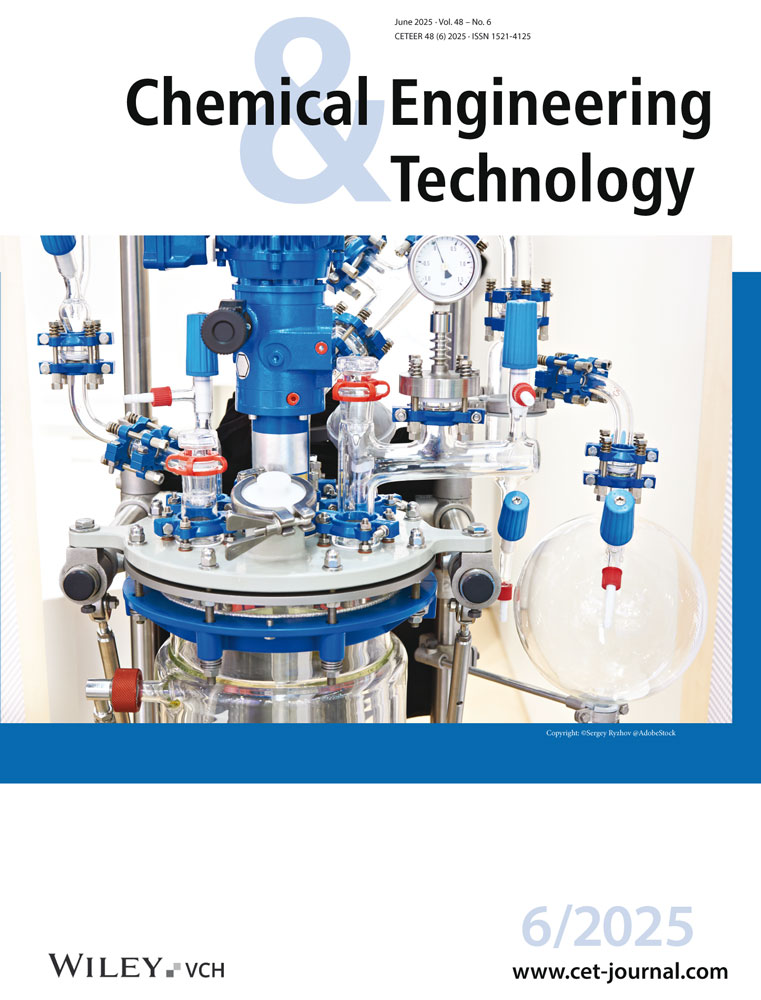An Investigation of the Flow Behavior of Microcrystalline Cellulose Powders from Pyramidal Silos
Abstract
To reveal the flow behavior of microcrystalline cellulose (MCC) powders in a pyramidal silo with an inclined bottom, experiments are performed along with the discrete element method (DEM) simulations to study the discharge process. In mixtures, the mass flow rate (MFR) of MCC powders increases when the percentage of the fine increases. Using the same outlet size, the smaller valley angle of a pyramidal silo results in faster flow rates. From this DEM study, it is observed that particle segregation takes place for mixtures comprising varying particle sizes in a pyramidal silo. The effect of segregation is more when the mixture contains fewer fines. The valley angle of the silo is inversely proportional to the intensity of particle segregation. The intensity of segregation computed by DEM is higher in the case of binary mixtures compared to the ternary mixtures. The segregation can be reduced by increasing the fine mass fraction in a mixture and reducing the particle size difference.
Open Research
Data Availability Statement
Data will be made available on request.




